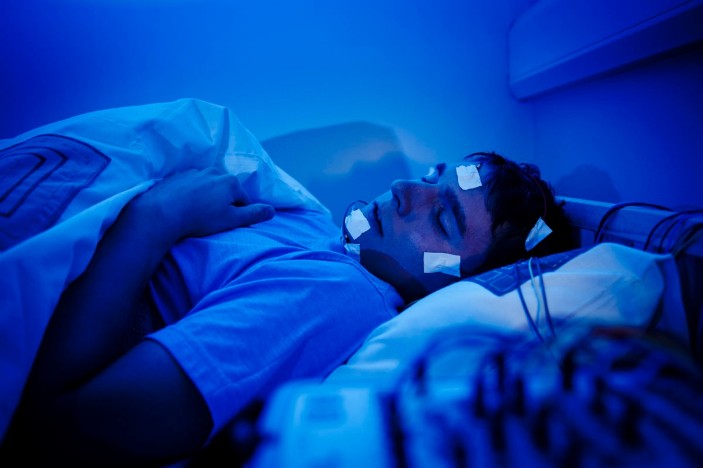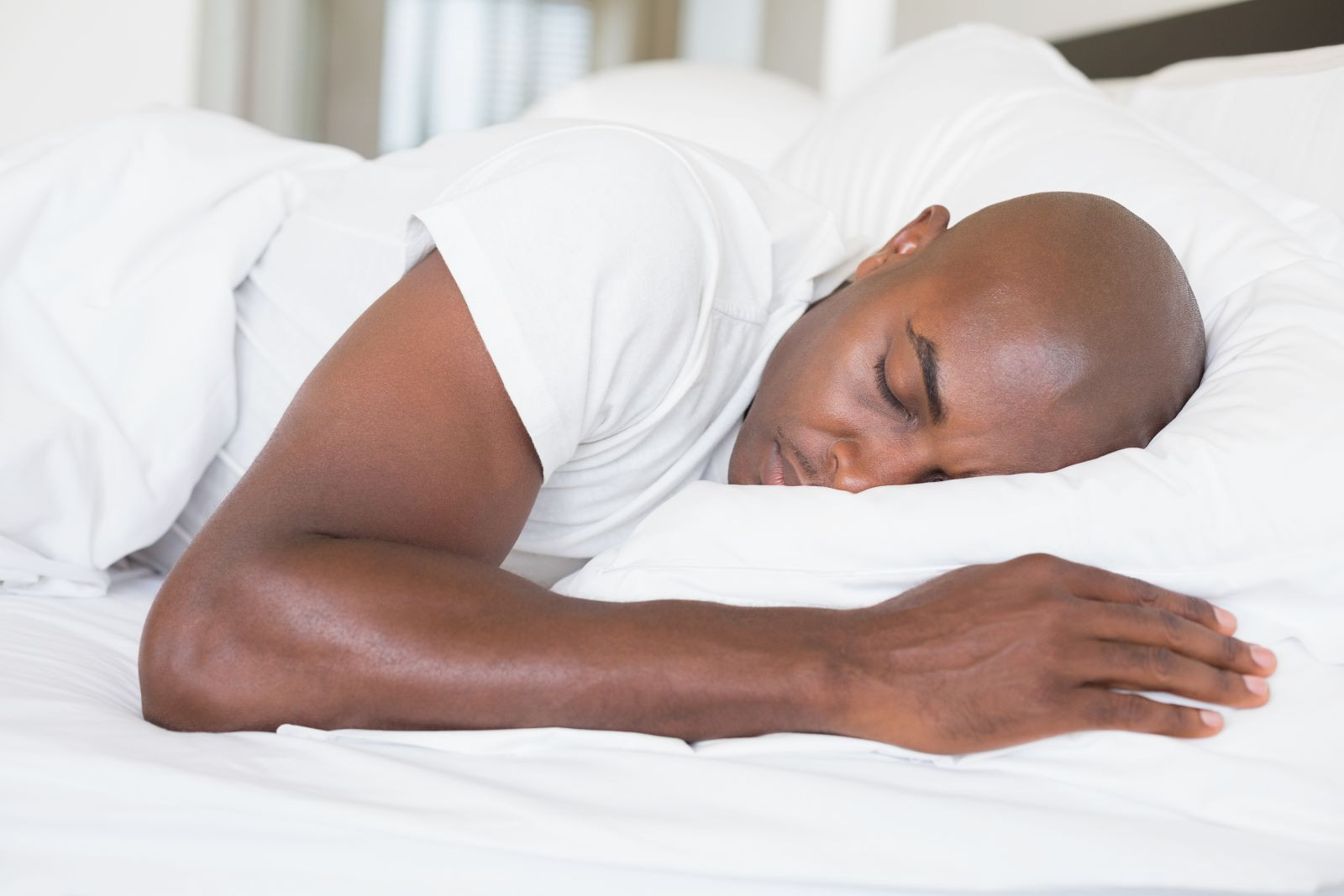Comprehensive Sleep Disorder Treatment - Find the Best Solutions
Comprehensive Sleep Disorder Treatment - Find the Best Solutions
Blog Article
Reliable Treatment Solutions for Managing Rest Disorders and Enhancing Relaxed Sleep
In the world of health care, the management of rest problems and the mission for relaxed rest are critical parts of total well-being. Reliable treatment services use a complex approach to take on these challenges, ranging from cognitive behavior interventions to alternative techniques that advertise leisure and mindfulness. The expedition of numerous strategies, consisting of the integration of medication and light treatment, opens up a world of opportunities in the quest of better sleep high quality. As we browse the detailed landscape of sleep disorders and look for to improve our rest experience, a much deeper understanding of these therapy options might hold the secret to opening a much more rejuvenating and meeting restorative journey.
Cognitive Behavior Modification for Sleeping Disorders (CBT-I)
Cognitive Behavior Modification for Insomnia (CBT-I) is a structured, evidence-based therapy method that concentrates on resolving the underlying factors adding to sleep disruptions. This sort of treatment intends to change actions and thoughts that worsen sleep problems, eventually advertising healthy and balanced rest patterns. CBT-I commonly includes a number of key parts, including cognitive treatment, rest constraint, stimulation control, and sleep hygiene education.
Cognitive therapy helps individuals recognize and alter adverse idea patterns and ideas concerning rest that may be impeding their capability to drop or remain asleep. Sleep restriction entails restricting the quantity of time invested in bed to match the individual's real rest period, thus boosting sleep performance (cognitive behavioral therapy for insomnia (CBT-I)). Stimulation control techniques help develop a solid association in between the bed and sleep by encouraging individuals to visit bed only when drowsy and to avoid engaging in promoting tasks in bed
In addition, sleep hygiene education concentrates on developing healthy sleep routines, such as keeping a constant rest schedule, creating a relaxing going to bed regimen, and optimizing the sleep environment. By addressing these elements comprehensively, CBT-I uses an effective non-pharmacological intervention for taking care of sleeplessness and boosting general sleep top quality.
Sleep Health Practices
Having established the structure of cognitive restructuring and behavior modifications in resolving sleeping disorders through Cognitive Behavior modification for Sleeplessness (CBT-I), the emphasis currently changes towards discovering essential Sleep Health Practices for preserving optimal sleep top quality and general health.
Sleep health techniques incorporate an array of habits and environmental elements that can considerably impact one's capability to go to sleep and stay asleep throughout the evening. Consistent sleep and wake times, developing a relaxing bedtime regimen, and enhancing the rest atmosphere by maintaining it dark, silent, and cool are critical parts of good rest health. Restricting direct exposure to displays before bedtime, preventing stimulants like high levels of caffeine near to going to bed, and involving in routine physical task during the day can likewise promote much better rest high quality.
Additionally, practicing relaxation methods such as deep breathing exercises or reflection prior to bed can help soothe the mind and prepare the body for sleep. By incorporating these sleep health practices into one's daily routine, individuals can establish a healthy sleep pattern that supports relaxing sleep and total well-being.
Relaxation Techniques and Mindfulness
Implementing leisure methods and mindfulness practices can play an essential duty in cultivating a feeling of calmness and promoting high quality rest. insomnia counseling. These strategies intend to peaceful the mind, lower anxiety, and produce an optimal environment for relaxed rest. One commonly practiced method is deep breathing exercises, where people focus on sluggish, deep breaths to unwind the mind and body. Dynamic muscular tissue leisure includes tensing and after that releasing each muscle mass group, promoting physical leisure. Additionally, assisted imagery can help transfer individuals to a calm area in their minds, helping in anxiety decrease and improving sleep quality.
By integrating these techniques right into a going to bed routine, individuals can signify to their bodies that it is time to relax and prepare for rest. On narcolepsy disability the whole, incorporating leisure techniques and mindfulness methods can dramatically add to taking care of rest problems and improving total sleep quality.

Medicine Options for Rest Disorders
After discovering leisure techniques and mindfulness methods as non-pharmacological interventions for improving rest high quality, it is vital to take into consideration medicine choices for individuals with rest problems. In situations where way of life changes and treatment do not provide adequate alleviation, medicine can be a beneficial tool in managing rest disturbances.
Generally prescribed medicines for sleep problems consist of benzodiazepines, non-benzodiazepine hypnotics, antidepressants, and melatonin receptor agonists. Benzodiazepines, such as diazepam, are sedatives that can assist cause sleep, but they are typically suggested for short-term use as a result of the risk of reliance. Non-benzodiazepine hypnotics like zolpidem are also made use of to deal with sleep problems and have a reduced risk of dependence contrasted to benzodiazepines. Antidepressants, such as trazodone, can be advantageous for people with co-occurring depression and rest disruptions. Melatonin receptor agonists, like ramelteon, target the body's all-natural sleep-wake cycle and can be valuable for controling sleep patterns.
It is crucial for individuals to seek advice from a medical care service provider to determine one of the most appropriate medicine option based upon their details rest disorder and case history.
Light Treatment for Body Clock Law
Light therapy, additionally called photo-therapy, is a non-invasive treatment method made use of to manage circadian rhythms and boost sleep-wake cycles. This therapy entails exposure to intense light that imitates all-natural sunlight, which helps to reset the body's biological rhythm. By revealing individuals to particular wavelengths of light, normally in the morning or evening relying on the desired result, light therapy can successfully adjust the body clock to promote wakefulness during the day and enhance relaxing sleep in the evening.
Research study has actually shown that light therapy can be specifically helpful for people with circadian rhythm disorders, such as delayed rest stage disorder or jet lag. It Our site can additionally be useful for those experiencing seasonal affective problem (SAD), a kind of clinical depression that usually takes place throughout the winter season months when natural light exposure is decreased. Light therapy is normally well-tolerated and can be used together with various other treatment techniques for rest conditions to optimize results and improve overall sleep quality.
Final Thought
To conclude, effective therapy remedies for managing rest disorders and enhancing relaxed sleep include Cognitive Behavior modification for Sleep Problems (CBT-I), sleep hygiene practices, leisure methods and mindfulness, medication choices, and light therapy for body clock regulation. These methods can aid individuals boost their rest top quality and total health. It is important to talk to a doctor to determine one of the most ideal technique for resolving sleep problems.
As we navigate the intricate landscape of sleep conditions and look for to enhance our sleep experience, a deeper understanding of these treatment remedies may hold the trick to unlocking an extra refreshing and satisfying restorative trip.
Rest constraint entails restricting the quantity of time invested in bed to match the individual's actual rest duration, consequently raising rest effectiveness. Regular sleep and wake times, creating a relaxing going to bed regimen, and enhancing the sleep environment by keeping it dark, peaceful, and cool are vital elements of excellent sleep hygiene. Light therapy is generally well-tolerated and can be used in combination with various other therapy methods for rest disorders to maximize results and improve total rest top quality.

Report this page